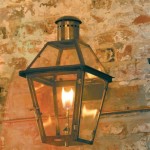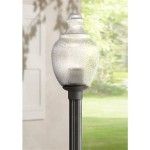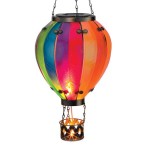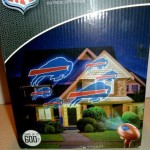Indoor Outdoor Lights Difference: A Comprehensive Comparison
When choosing lights for your home, it's important to understand the difference between indoor and outdoor lights. While both serve the purpose of illuminating a space, they have distinct characteristics and requirements.
Environmental Factors
Outdoor lights must withstand harsh weather conditions such as rain, snow, and extreme temperatures. They are typically IP-rated, indicating their level of protection against moisture and dust. Indoor lights, on the other hand, are not subject to such rigorous environmental factors, making them more susceptible to damage if used outdoors.
Brightness and Color Temperature
The brightness of a light is measured in lumens. Higher lumens indicate a brighter light. Outdoor lights often require higher lumens to illuminate larger areas effectively, especially in dim or dark conditions. Color temperature refers to the appearance of light, ranging from warm white to cool white. Warm white lights create a cozy and inviting ambiance, while cool white lights provide a brighter, more clinical atmosphere. Outdoor lights often use cool white lights for better visibility.
Durability and Maintenance
Outdoor lights should be durable and resistant to impact, corrosion, and UV radiation. They typically feature sturdy construction materials such as metal or polycarbonate. Indoor lights, while still requiring some durability, are not exposed to the same level of wear and tear as outdoor lights. Maintenance is also important, with outdoor lights requiring regular cleaning and bulb replacements due to exposure to the elements.
Style and Aesthetics
Indoor lights come in a wide range of styles, from traditional to modern, to complement different décor and themes. Outdoor lights have a more limited style selection, focusing on functionality and durability. They often feature sleek and weather-resistant designs.
Power Consumption and Energy Efficiency
Both indoor and outdoor lights should be energy-efficient to reduce electricity consumption. LED lights are a popular choice for both applications due to their long lifespan, low maintenance, and energy-saving properties.
Safety Considerations
Outdoor lights should be properly grounded to prevent electric shocks. They should also be installed at appropriate heights to avoid accidental contact and falls. Indoor lights, while less dangerous, should still be installed securely to prevent hazards.
Conclusion
Understanding the difference between indoor and outdoor lights is crucial for choosing the right lighting solutions for your home. Consider the environmental factors, brightness, color temperature, durability, style, energy efficiency, and safety aspects to make informed decisions. By selecting appropriate lights, you can create a well-lit, comfortable, and safe living space both indoors and outdoors.
What Is The Difference Between Indoor And Outdoor Lighting Bbier Ledlighting Quora
What Is The Difference Between Indoor And Outdoor Lighting Bbier Ledlighting Quora

Choose The Best Color Temperature For Your Outdoor Lighting Knowledge Base Super Bright Leds

Outdoor Vs Indoor Lights How Are They Diffe

Smart String Lights Exploring The Differences Between Indoor And Outdoor Options Lumary

Differences Between Indoor And Outdoor Lighting The Mamma Fairy

Indoor Vs Outdoor Bulbs What Are The Differences Tcp

What Are The Differences Between Indoor Outdoor Lighting Tcp

Is There A Difference Between Indoor Led S And Outdoor Rain Rich Lawn Sprinklers Landscape Lighting

How To Tell The Difference Between Indoor And Outdoor Lights Doityourself Com







